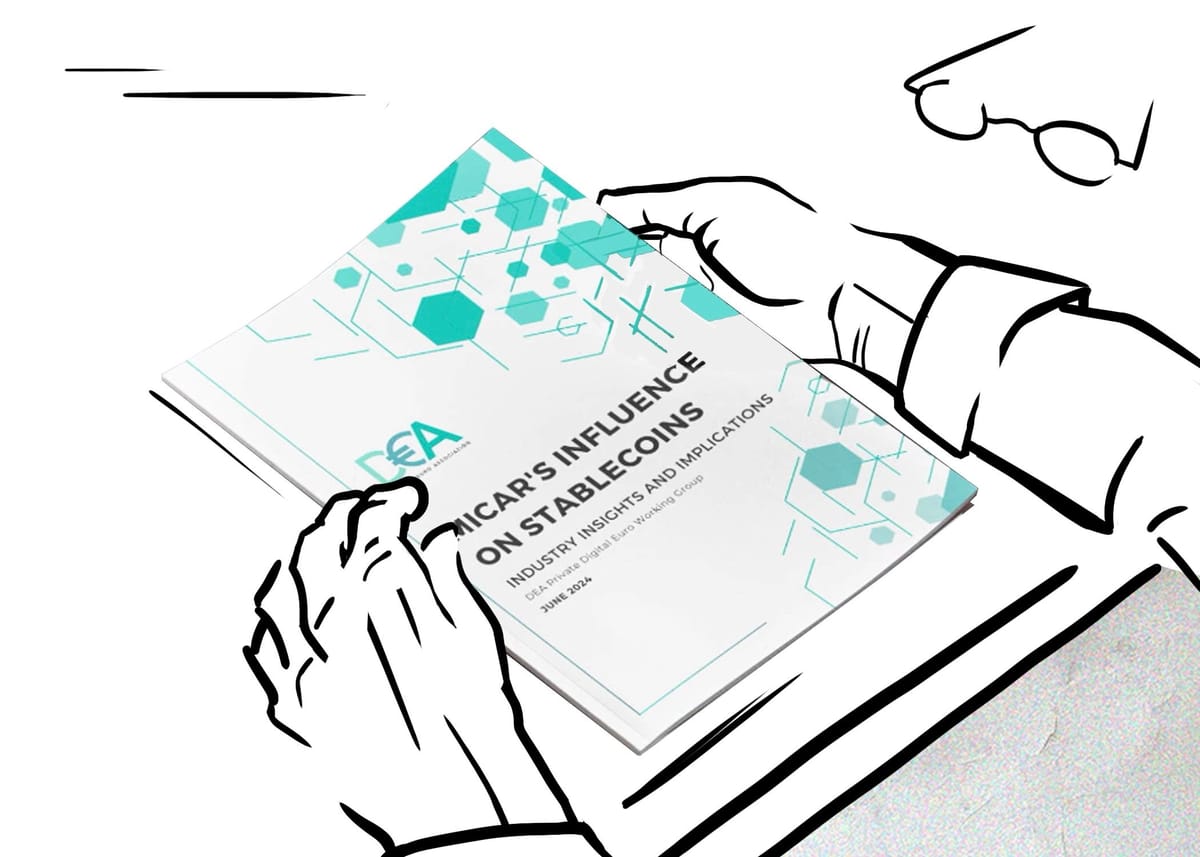
Digital Euro Association (DEA), a European think tank specializing in central bank digital currencies (CBDCs), stablecoins, and other crypto assets, published a report on the possible impact of recent regulation activity from EU lawmakers on stablecoins.
The Markets in Crypto Assets regulation (MiCAR) was passed by the EU Parliament in April 2023. The provisions of the law concerning the stablecoins went live on June 30.
The authors analyzed the various possible implications of MiCAR's new regulations regarding stablecoins and collected insights and perceptions from actual and potential issuers.
The members of the DEA working group agree that MiCAR marks a pivotal moment in the development of digital assets in the EU and could affect global developments. However, they believe that MiCAR, in its current form, might be stifling innovation instead of fostering it.
The authors found certain MiCAR requirements ‘unduly burdensome’ for both regulators and those who are regulated. In particular, the report draws attention to the disproportionately strict rules imposed on stablecoin issuers compared to regular financial institutions.
For example, one crtiteria for classifying a stablecoin as “significant” and thus potentially posing risks to financial stability is the market cap exceeding EUR 5 billion. According to MiCAR, such issuers are subject to increased capital requirements. In contrast, the report points to a similar class of Global Systemically Important Banks (G-SIBs) that don’t need to freeze such a proportion of shareholder equity with market caps in the region of hundreds of billions of euros.
A similar observation from the reviewers concerns the requirement to segregate the reserves between commercial banks. The law demands stablecoin issuers to keep unjustifiably high 60% of their reserves in commercial banks with a limit of 5% per financial institution. The current best practice of issuers such as Circle and Tether is to keep the funds in liquid government bonds, bypassing the intermediation of the banking system.
Other areas for clarification and improvements highlighted by the report include applying MiCAR to stablecoins pegged to non-euro currencies, adopting a risk-based approach, and consistently defining the technical terminology (in multiple languages) to prevent ambiguity and forum shopping.
The report concludes with: “By considering and potentially implementing these recommendations, policymakers can improve the MiCAR regulations to foster a balanced, innovative, and competitive stablecoin market in the EU, better supporting the broader goals of financial innovation and consumer protection.”

